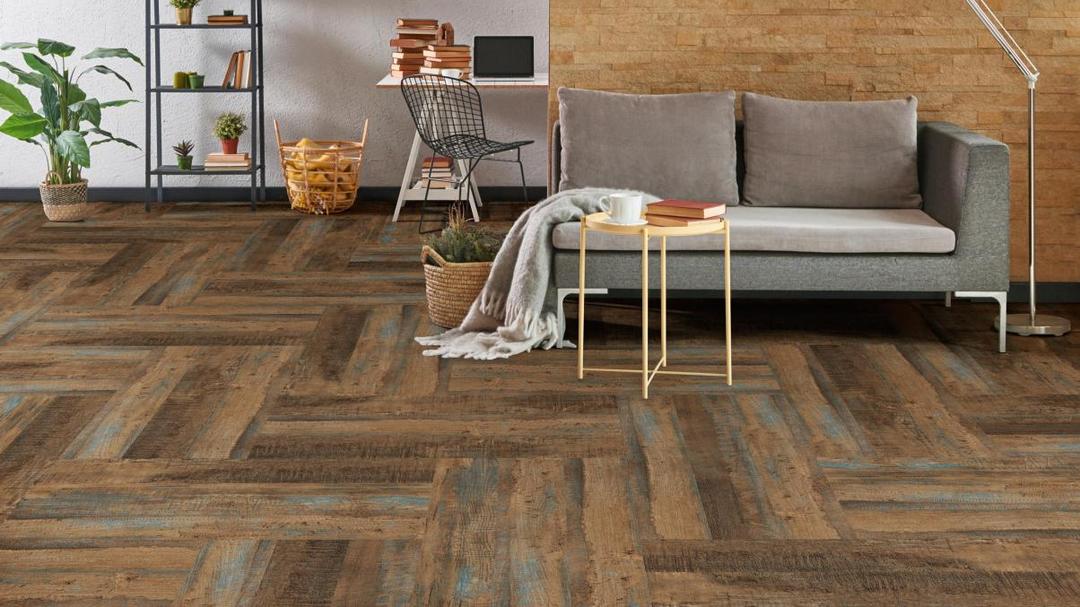It is extremely rare when repairs in any home are dispensed with without the use of drywall. Although such material appeared recently, it was able to quickly gain high popularity. When it is used for wall decoration, it has excellent sound insulation and energy saving properties, and it also creates an excellent microclimate due to moisture regulation.

Assortment and features
In any hardware store there are several types of drywall, so before you choose it for the repair of your home, you should study each of them in as much detail as possible.
GCR does not contain additives, it is a standard option. Most often produced in gray or blue, it is used for almost all standard finishing work in the house. Also, such material was able to perfectly show its soundproofing properties, therefore it is often used for additional wall decoration.

Moisture-resistant drywall (GKLV) contains special additives, used for rooms with high humidity - in the kitchen, in the bathroom etc. However, even despite the moisture resistance of the material, experts recommend additionally covering it with water-repellent paint. This type is available in green.

There is also fire-resistant drywall (GKLO), it contains fiberglass, thanks to which the material has a high degree of resistance to fire. This type of drywall is used in rooms for which high fire safety requirements are applicable, is available in red.

Application area
Most often, the so-called wall drywall is used for wall cladding, creating niches, arranging shelves, etc. Such a wide scope is primarily due to the characteristics of the material, its ability to accept any forms.

For suspended ceilings, wall gypsum board is not used, the thickness of the material for the ceiling should be 9.5 mm, while for walls - 12.5 mm. To create arches, the thickness of the GCR is 6 mm, in the case the material is more plastic, therefore it can take any shape.

Installation can take place on a metal frame, or on glue. The choice of this or that method depends on the production need, if the walls are initially straight, then you can use glue. If the difference is more than 4 mm, it is better to use metal guides and a profile.
-
 Why it is not recommended to build a hollow brick house
Why it is not recommended to build a hollow brick house
-
 Why is it important to know the weight of the brick before construction
Why is it important to know the weight of the brick before construction
-
 Than cellular polycarbonate is better than monolithic
Than cellular polycarbonate is better than monolithic
-
 What type of corrugated board is the most common for roofing
What type of corrugated board is the most common for roofing
-
 Where a cheap substandard corrugated board is useful in construction
Where a cheap substandard corrugated board is useful in construction
-
 Typical errors in the installation of wall panels from corrugated board
Typical errors in the installation of wall panels from corrugated board
-
 Embossed tile: what is worth knowing before purchase?
Embossed tile: what is worth knowing before purchase?
-
 Popular materials for construction
Popular materials for construction
-
 What is the advantage of building houses from wood concrete slabs
What is the advantage of building houses from wood concrete slabs
-
 Facing tile: types and characteristics
Facing tile: types and characteristics
-
 Gutter systems: types, materials, characteristics
Gutter systems: types, materials, characteristics
-
 Why you should not use expanded clay as a heater
Why you should not use expanded clay as a heater
New publications are published daily on our channel in Yandex. Zen
Go to Yandex. Zen


